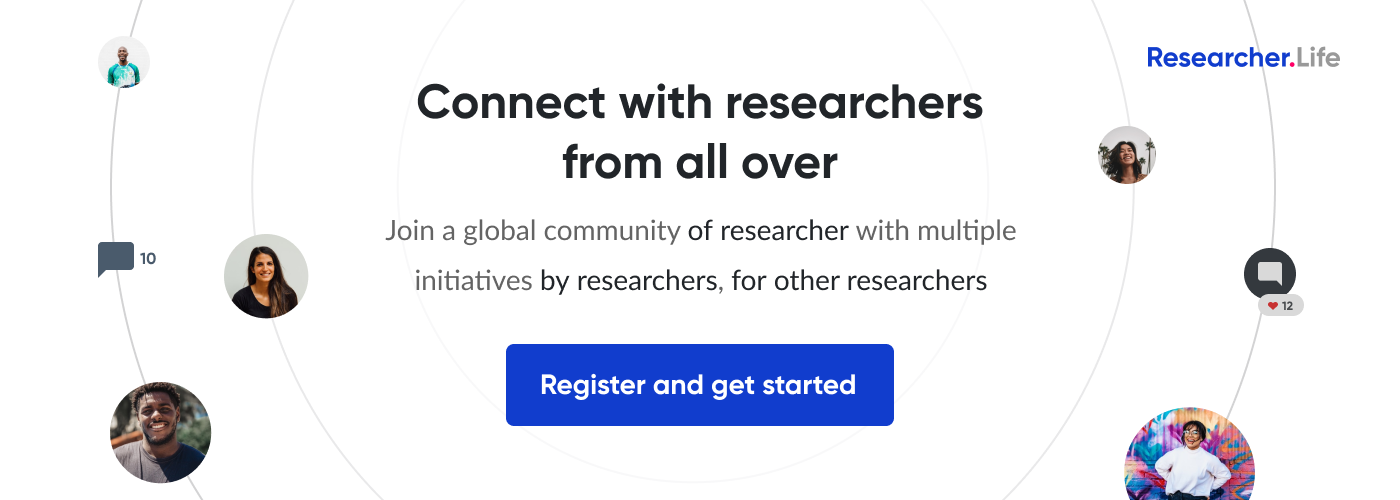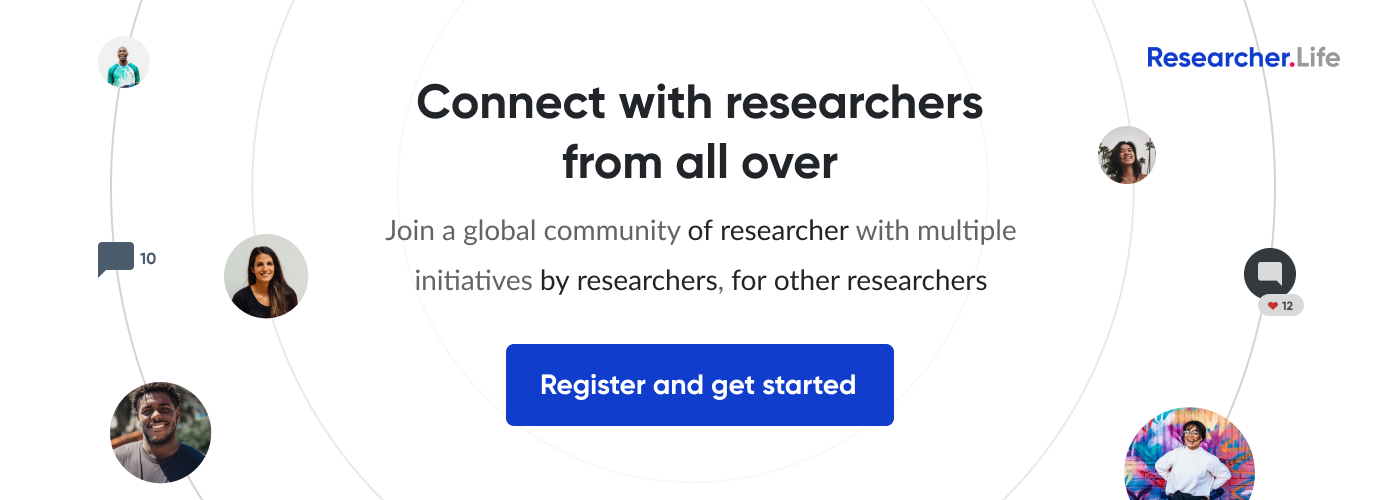Implicit Bias: the snake in the grass of the research ecosystem

Many conscientious scientists strive to be objective and impartial in their research, but are surprised when others find their work biased. Why? Because some types of cognitive biases are implicit, in other words, hidden.
According to the American Psychological Association, “[i]mplicit bias, also known as implicit prejudice or implicit attitude, is a negative attitude, of which one is not consciously aware, against a specific social group.” The key words we need to pay attention to here are “not aware.” The person holding the bias is unaware that they are biased and can even view themselves as completely objective and impartial.
Of course, researchers may be explicitly biased (e.g., they vocally and consciously discriminate against people of a specific gender, sexuality, or race). For example, a principal investigator may assign the task of running statistical analyses to male co-authors, under the assumption that “men are better with numbers.”
However, when such bias is unconscious, it is far more serious because the researcher themself doesn’t realize that they hold this bias and that such a bias can affect the way they conduct, interpret, and report their research. For instance, historically, there has been a lack of gender diversity in clinical trials (Bierer et al., 2022), with a tendency to include more male participants. This bias can lead to findings that are not generalizable to all populations, as biological differences between men and women may affect responses to treatments or interventions in certain therapeutic areas (Ravindran et al., 2020).
How Do Implicit Biases Arise?
Researchers, like all other human beings, are susceptible to implicit biases in the following ways:
-
Cultural and Societal Influences: The prevailing norms and stereotypes in the culture the researcher grows up in or currently lives, can influence the kind of biases the researcher holds.
Example: Dr P (belonging to the majority race) grew up in a racially homogenous town. When conducting research on cancer screening behaviors, Dr P overlooks how systemic racism and racial inequities affect access to healthcare resources because Dr P has hardly ever witnessed or experienced racism.
-
Personal Experiences: Researchers may have had positive or negative encounters with certain groups or individuals, leading to biased views that can influence their research.
Example: Dr K lives in a highly religious and patriarchal society, where trans or gender-diverse people are vilified. When preparing a questionnaire survey to examine the relationship between exercise and sexual health, Dr K creates questions that are heavily tailored toward cis, heterosexual individuals.
-
Education Background and Theoretical Knowledge: Certain fields may have historical biases or assumptions built into their theories, which can influence how research questions are framed and interpreted.
Example: Gallegos-Riofrío et al. (2022) found that most research linking nature and mental well-being are biased toward the West, in that White participants predominate in samples and “nature” is defined as merely greenery and forests. Dr C designs a nature-based intervention to address anxiety levels among indigenous students in an Asian country; when the intervention is shown to have limited efficacy, Dr C attributes it to participant-related factors instead of examining whether the theoretical basis of the intervention itself is questionable.
Tackling Implicit Bias in Research
Needless to say, it’s very difficult to counter implicit bias because the researcher themself isn’t aware that they are biased. Nevertheless, there are a few things that we can do:
-
Spend Time with Different People: Actively seek out and build relationships with people from different ethnicities, races, socioeconomic classes, etc. in your personal as well as professional life. For example, you could join a book club or gym in a different neighborhood, or attend webinars/virtual networking sessions in different countries or regions. Read books (including fiction) and watch movies or web series based in different countries or cultures.
-
Build a Diverse Research Team: Having a variety of perspectives will reduce the likelihood of bias in the research project, and can even result in more novel and impactful ideas (Yang et al., 2022). Specht and Crowson (2022) found that scientific working groups with higher diversity tended to not only cite but also publish in more diverse sources.
-
Avail of Training Opportunities: A number of training programs have been developed to tackle implicit bias (see the review by Mavis et al., 2022). If your institute offers such training, sign up for it even if it’s not mandatory.
Pro Tip: Research societies like the American College of Radiology or American Society of Nephrology also have resources for members to tackle their own biases.
-
Realize that You may be Biased: Everyone holds a certain set of worldviews or perspectives, and no one can be truly impartial. Constantly challenge any assumptions or decisions you take during your research. For example, your retrospective review shows that more men than women are prescribed antibiotics. This doesn’t necessarily mean that women are less susceptible to bacterial infections than men; it could be that men have better access to healthcare resources or that physicians take men’s health concerns more seriously than they do women’s.
Final Notes
Implicit biases permeate the healthcare and research ecosystem (Vela et al., 2022) and can have far-ranging effects on people’s lives and livelihoods. Addressing implicit requires deliberate efforts to promote diversity, equity, and inclusion in research practices. Researchers can engage in cultural competency training, collaborate with diverse research teams, actively seek out perspectives from underrepresented groups, and critically reflect on their own biases and assumptions. Addressing implicit bias is an ongoing task, but is critical for truly objective and equitable science.
Comments
You're looking to give wings to your academic career and publication journey. We like that!
Why don't we give you complete access! Create a free account and get unlimited access to all resources & a vibrant researcher community.














